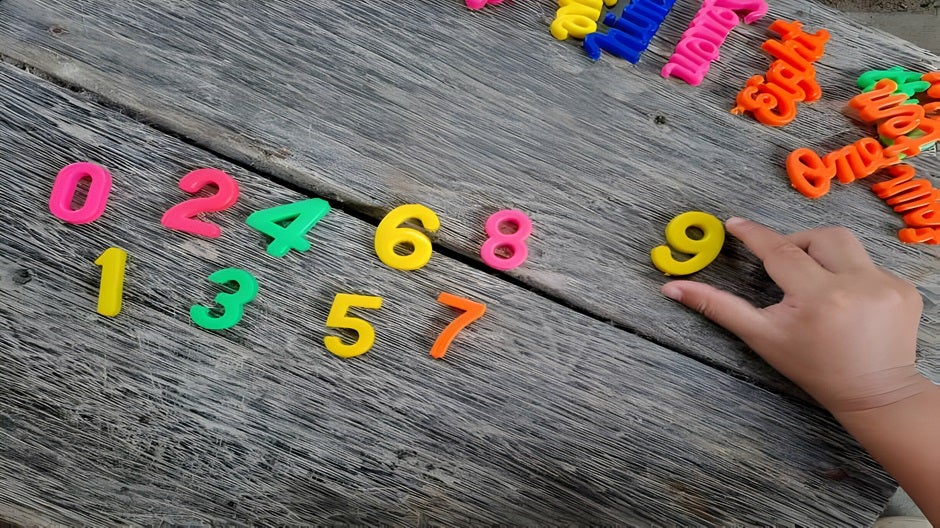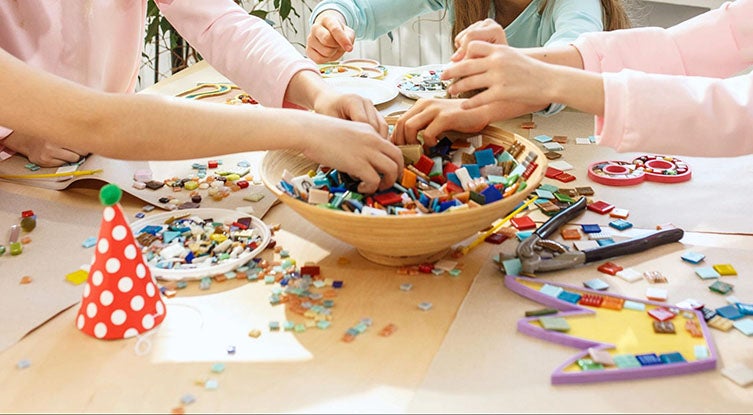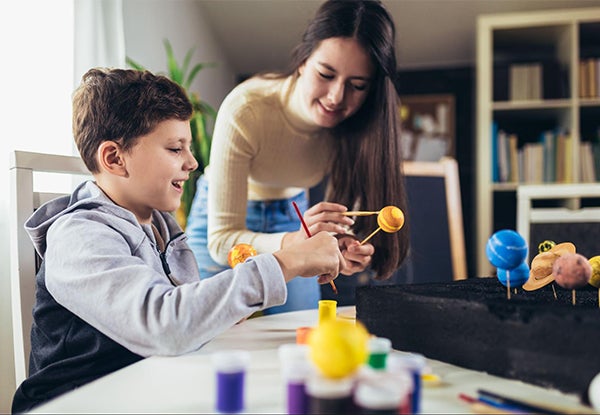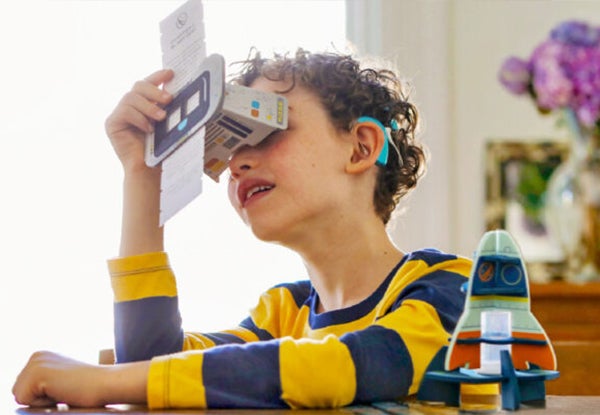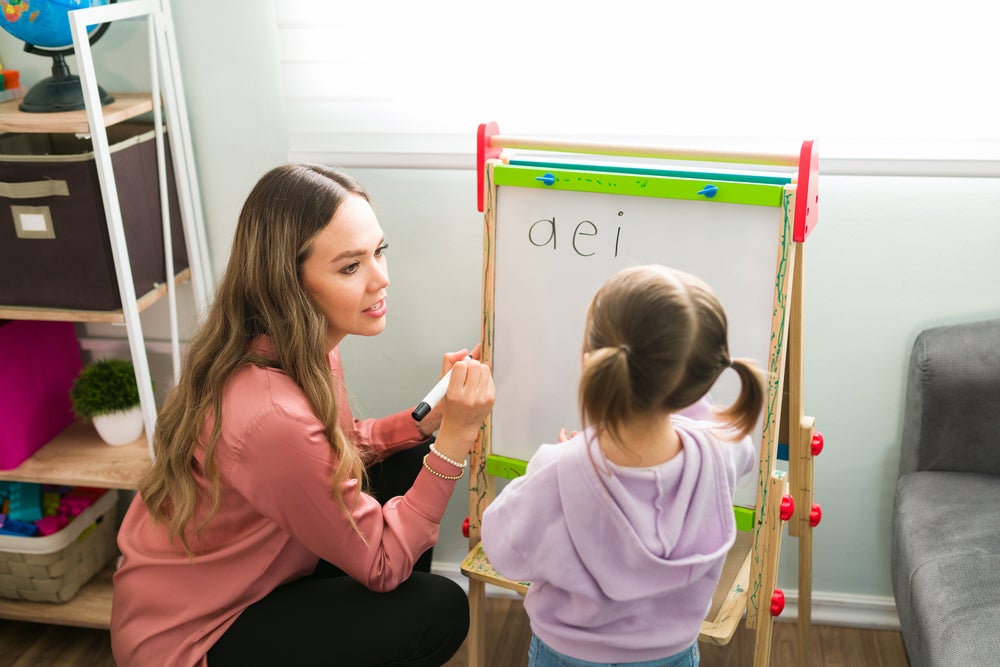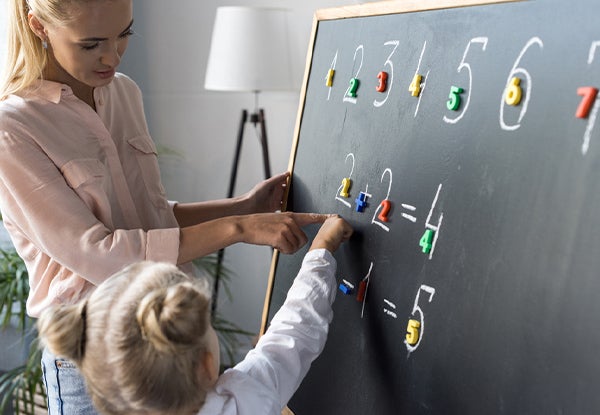by Laura Fitzgerald Cooper, Mother of 3 Boys & Author, NoRealPlot
Time gets weird when you’re in charge of children. But when it comes to learning to read, slow and steady wins the race.
It both slows way down (will morning naptime never come?) and speeds way up (my Backyardigans TV-ration is over already??). The night shift lasts forever when you’re rocking the fussy baby, but he outgrows your favorite footy pajamas between one bedtime and the next.
Weird time forces weird choices, too. When should you hurry? When to skip steps and cut corners? Are store-bought marinara and dry shampoo happy tools of enlightened parenting? Or steps down the slippery slope to low SATs and a loveless marriage?
This rush-or-slow-down puzzle can really keep you up at night, as if you needed less sleep. At Learn with Homer, we have little guys too, and we feel the same way. But when it comes to one of the big worries – teaching our young children to read – we do know one answer: with reading, slow and steady wins the race.
So here’s what we know, and why we built Homer the way we did. All the best science – and lots of road-tested experience – show that children learn best when you start with the sounds letters make first (AAAAAH, BUHHH, SSSSS), then connect those sounds to letter symbols, then build those sounds into words, then words into stories, poems, songs, and conversation. Then work it backwards: words break back into sounds and letters.
Frontwards: sounds and letters build into words. Reading. And then backwards: words break into sounds and letters. Spelling.
Letters to sounds to words to literacy. No cut corners.
At Learn With Homer, we know you’re already doing this work with your young reader at home. And we can help. Our Learn With Homer iPad app builds literacy through four connected learning experiences: Learn to Read (linking letters with sounds), Story Time (with songs, stories, and poems to listen to or read yourself), and Discover the World (virtual field trips to learn about, say, science or animals). In Homer’s Clubhouse, your child can draw pictures and record his spoken comments about what’s he’s learned.
When you build reading power this way – and we do mean power – you give your child the tools to tackle any word that uses her own alphabet. Teaching it takes patience, and it takes a lot of repetition and practice. Homer’s great stories and gorgeous pictures are key. Our songs keep everyone cheerful. And the chance actually to learn – to build and analyze factual knowledge about the real world – may be the most empowering piece of all. Just because you sit in a booster seat doesn’t mean you don’t want something interesting to say at family dinners.
And that’s the one time we all know not to rush.


